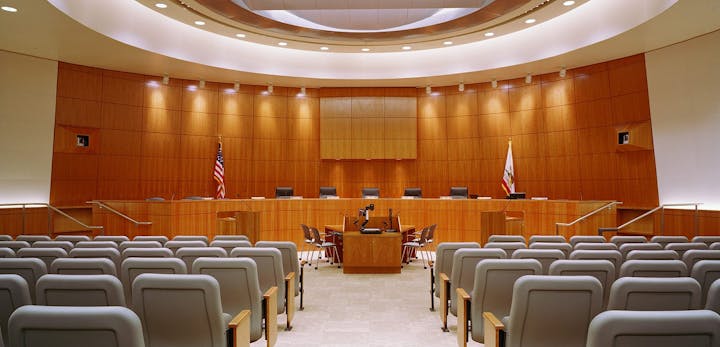Frequently Asked Questions
1. What is LAFCO?
LAFCO is an acronym for Local Agency Formation Commission. It is a regional planning and regulatory agency with county-wide jurisdiction, established by State Law to encourage orderly and efficient provision of governmental services, such as water, sewer, fire protection, etc. San Luis Obispo LAFCO is a state-mandated agency and is independent of county or city government.
There is a LAFCO in each county in California. San Luis Obispo LAFCO is an eleven-member Commission comprised of three city council members, three county supervisor members, three special district members and two public members.
2. What does LAFCO do?
LAFCO, in part, reviews and approves proposed agency jurisdictional boundary changes, including annexations and detachments of territory to and/or from cities and special districts, incorporations of new cities, formations of new special districts, and consolidations, mergers, and dissolutions of existing districts.
3. What are LAFCO’s responsibilities?
LAFCOs are responsible for coordinating logical and timely changes in local governmental agencies, conducting special studies that review ways to reorganize, simplify, and streamline governmental structure and preparing a sphere of influence for each city and special district within each county. The Commission's efforts are directed toward seeing that services are provided efficiently and economically.
4. What are Municipal Service Reviews?
A service review is a comprehensive study designed to better inform LAFCO, local agencies, and the community about the provision of municipal services of a city or district. Service reviews capture and analyze information about the governance structures and efficiencies of service providers, and to identify opportunities for governmental efficiencies. The service review is a prerequisite to a sphere of influence determination and may also lead a LAFCO to take other actions under its authority.
5. What is a sphere of influence?
A sphere of influence is a planning tool adopted and used by LAFCO to designate the future boundary and service area for a city or special district based on the informatoin contained in a municipal service review (discussed above in #4).
6. Can a sphere of influence be changed?
Yes, LAFCO may amend and periodically update spheres of influence.
7. When and where does the commission meet?
Regular LAFCO meetings are scheduled for 9:00 AM on the third Thursday of each month in the Board of Supervisors Chambers and the County Government Center, 1055 Monterey Street, San Luis Obispo, CA 93408 or through ZOOM, please refer to the LAFCO Agenda for location of Commission Meetings. Notices and agendas are made publicly available.
8. Is the public notified about LAFCO actions?
Yes. State Law requires that LAFCO notify affected agencies and the public regarding jurisdictional boundary change proposals. Generally, notification of a proposal is made to affected agencies, adjacent landowners and registered voters, and interested individuals. In addition, the agenda for every LAFCO meeting is made publicly available.
9. Is LAFCO a County or City Department?
No. San Luis Obispo LAFCO is a state-mandated “independent” agency and is not a County agency, a City department, or a special district. Powers of LAFCO are directly derived from state law.
10. How long will it take to process my proposal?
Processing time is approximately 6-12 months depending on the complexity of the proposal and the number of applications currently in queue.
11. Is LAFCO required to comply with the California Environmnetal Quality Act (CEQA)?
Yes. LAFCO must comply with California’s environmental laws.
12. Is there a fee for LAFCO applications?
Yes. Annexation and reorganization applications are subject to fees set by San Luis Obispo LAFCO and the State Board of Equalization. Fees vary based on the type of application and may also apply for environmental review. Contact the LAFCO staff at (805-781-5795) for specific fee calculations.

